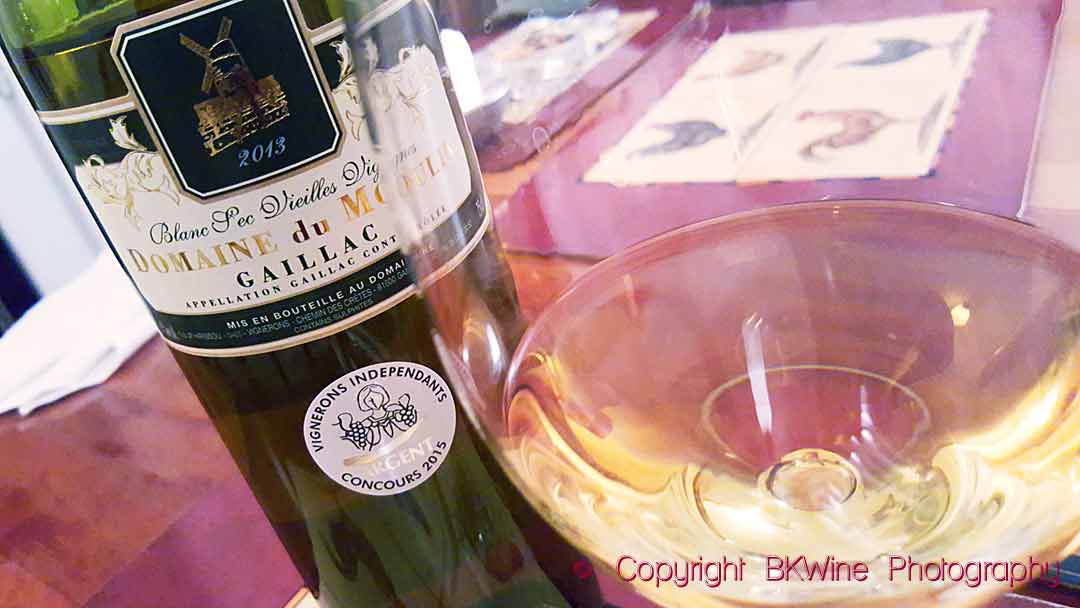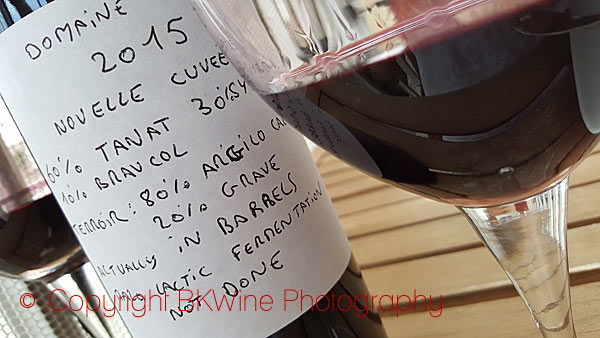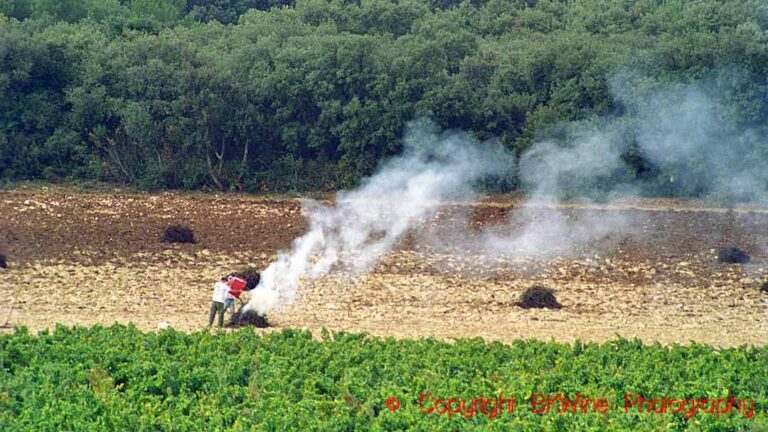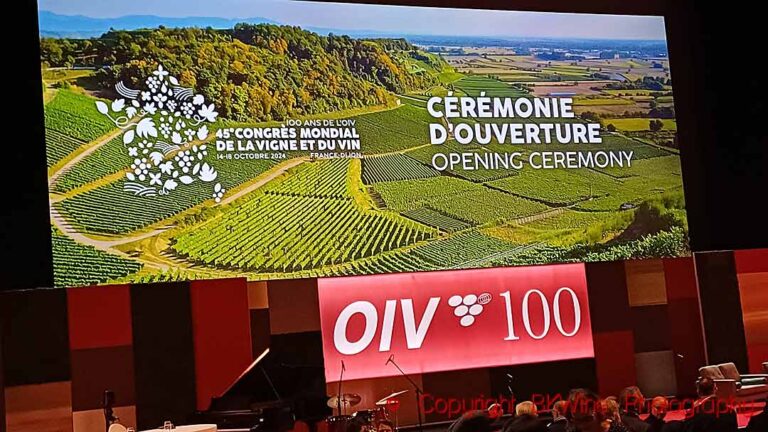We tasted an unusual wine the other day. It came from the Domaine du Moulin in Gaillac, it was from 2015 and it was a completely new cuvee, still ageing in oak barrels. (A very interesting producer by the way.)
The grapes were 60 % Tannat, 30% Syrah and 10% of the local grape Braucol. The grapes came from a clay/limestone soil with a little bit of gravel. And what was so unusual? It was the fact that the wine had not yet undergone the malolactic fermentation. You don’t often get to taste red wines without malolactic fermentation and it is not always easy. The wines can easily feel a bit unbalanced.
The malolactic fermentation is a second fermentation, or to be more precise, a bacterial process, that more or less all red wines go through. Either the process is completely natural or the producer will help nature by adding lactic acid bacteria to the wine that will trigger the process. The malolactic fermentation converts the malic acid in the wine into lactic acid and also lowers the total acid in wine. It also stabilizes the wine and gives it a rounder and fuller mouth feel.
I tasted the wine blind without knowing what it was. I noted that the wine had a nice, juicy fruit and good tannin structure but also that the acidity was unusually high. A guess is that the wine will benefit from doing the malolactic fermentation which it also did, later on. Domaine du Moulin has promised to send a bottle to show us the result after “malo”.
To be continued.
(Picture: the white wine from the same producer.)

[update] And here’s the real bottle:













One Response